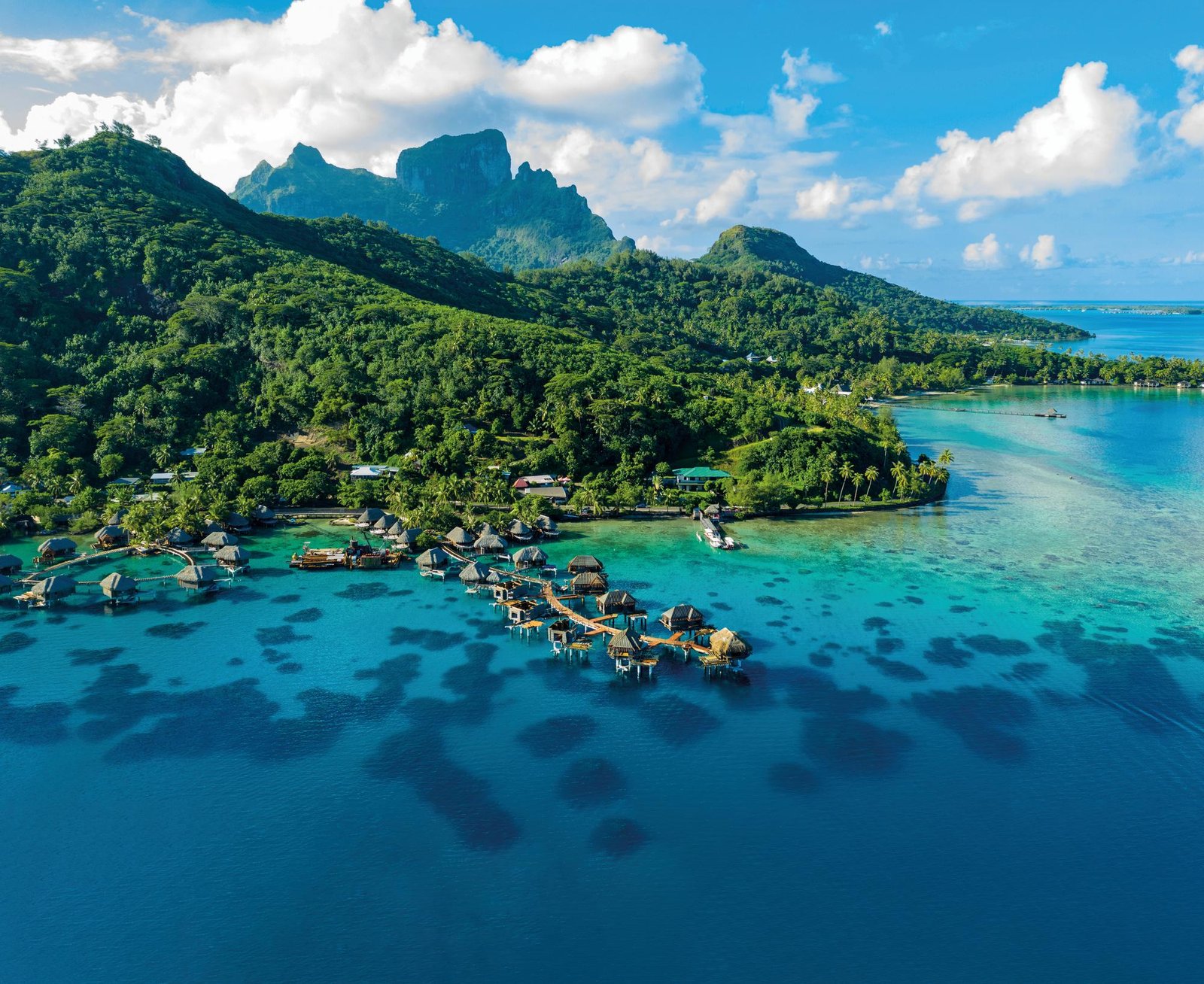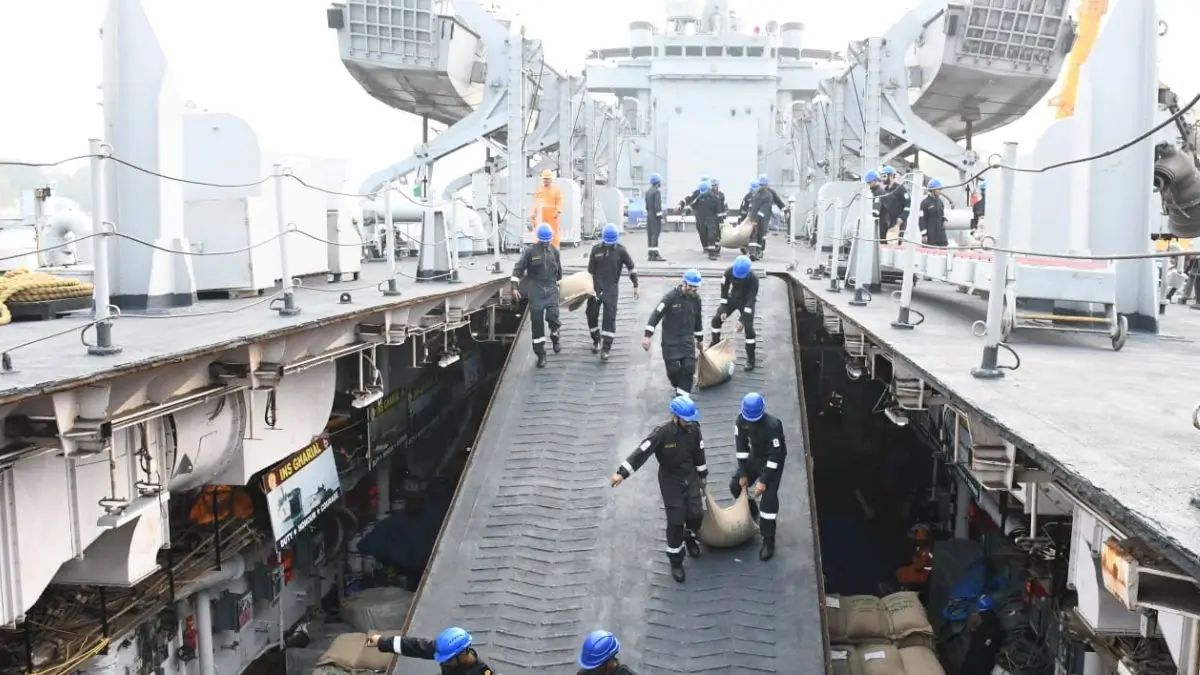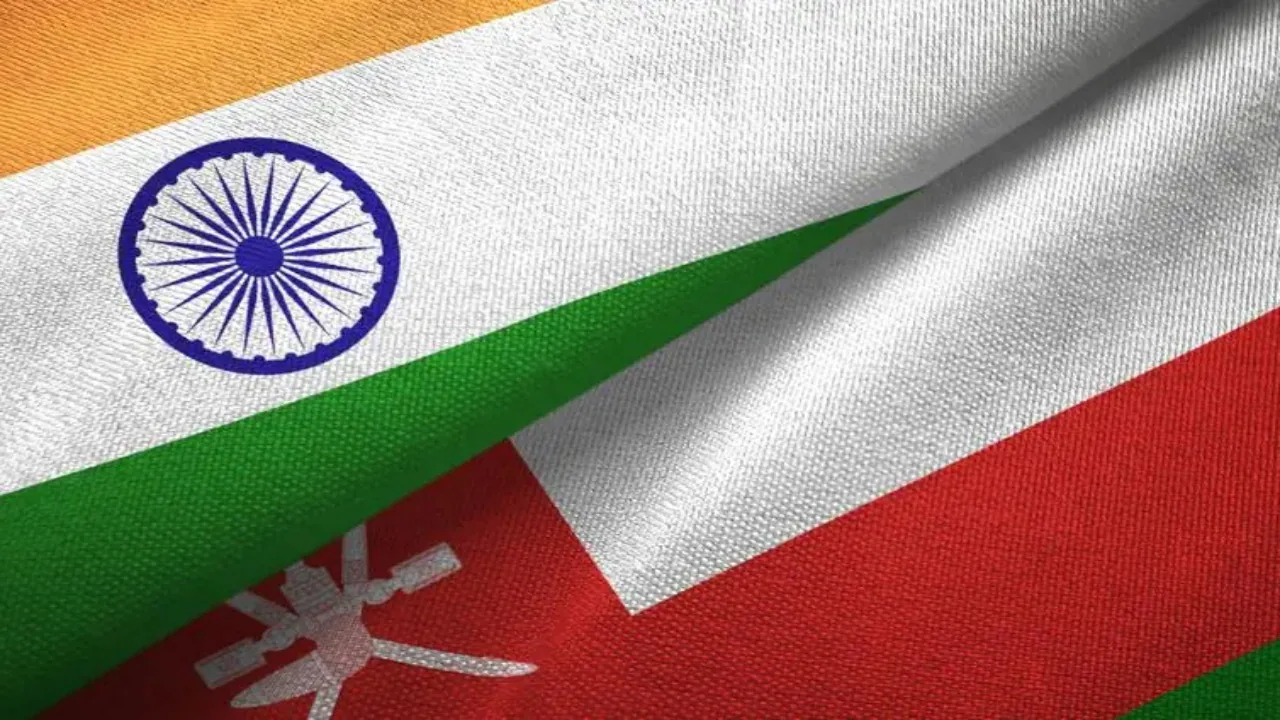Nothing stirs people’s imagination in the way that islands have always done down the ages, both in fact or fiction. A classic example of this is Daniel Defoe’s ‘Robinson Crusoe’, based on the true-life adventures of a Scottish sailor, Alexander Selkirk, marooned on the Juan Fernández Islands, in the South Pacific Ocean, about 670 km off the coast of Chile, South America
Islands conjure up fascinating visions of totally isolated places of mystery and adventure, of dangers and daring, all wrapped up in breathtaking landscapes with their distinctive, environmental features, with the exception of sunny, sandy beaches, sparkling blue waters and clear blue open skies.
On the inhabited islands there is the added attraction of indigenous people, with their own brand of iconic cultures customs, traditions, lifestyles – and danger in case the natives turn out to cannibals – that add to the already heady mix of colours and flavours.
For those who’ve never had an island experience first-hand, stories like “Robinson Crusoe”, “Treasure Island”, “Mutiny on the Bounty” or “Pitcairn Island” have proved to be classic fodder to fire the imagination of every boy and girl during their adolescence years.
“Robinson Crusoe” is based on the real-life experiences of a Scottish sailor and a Royal Navy officer Alexander Selkirk, (1676 – 13 December 1721), who spent four years and four months as a castaway on the uninhabited Juan Fernández Islands, west of South America, in the South Pacific Ocean
Selkirk, a Scottish privateer, as sailors on merchant vessels were known in olden times, and a Royal Navy officer spent four years and four months (1704–1709), marooned on an uninhabited island.
By the time he was eventually rescued, he had become adept at hunting and making use of available resources on the island. His story of survival was widely publicised after his return.
- It became one of the main sources of inspiration for the fictional character Robinson Crusoe in a book by the same name by the English writer Daniel Defoe
- The popularity of the book can be gauged from the fact that it is the second most translated book after the Bible
The world’s most enchanting islands
Some of the world’s most enchanting islands include the Maldives and Bora Bora, French Polynesia, for luxury and overwater bungalows, Santorini and the Greek islands for their iconic white-and-blue villages and, and Palawan and the Galapagos Islands for their stunning natural landscapes.
Equally enchanting options are the Seychelles, for its pristine beaches, and Bali, known for its rich culture and lush scenery.
Tropical paradises
The Maldives situated in the Indian Ocean, comprises a chain of about 1,200 small coral islands and sandbanks (some 200 of which are inhabited), grouped in clusters and atolls known for its white-sand beaches, crystal-clear waters, and luxurious overwater bungalows.
Bora Bora is a small island in French Polynesia famed for its dramatic volcanic peaks, turquoise lagoons, and luxury resorts.
Seychelles Is an archipelago in the Indian Ocean offering stunning beaches and unique granite rock formations. Bali, Indonesia, also known as the “Island of the Gods features a mix of volcanic mountains, rice fields, and rich cultural heritage
Other Islands
Santorini, Greece has whitewashed villages perched on cliffs overlooking a submerged caldera in the Aegean Sea.
Palawan in the Philippines has breathtaking limestone cliffs, emerald lagoons, and some of the clearest blue waters.
The Philippines has 7,641 islands divided into three main island groups: Luzon, Visayas, and Mindanao.
Galapagos Islands, Ecuador, is a volcanic archipelago renowned for its unique wildlife, including the10-foot monitor lizard knowns as the ‘Comodo Dragon’
Islands for adventure and culture
Sri Lanka has been dubbed as one of the most beautiful islands, offering a combination of golden beaches, lush tea plantations, ancient temples, and diverse wildlife.
St. Lucia a Caribbean island is famous for its dramatic “pitons” (twin volcanic spires) and lush rainforests.
Maui, Hawaii Offers a diverse landscape with volcanic craters, lush valleys, and stunning beaches with the added attraction of the Hula dancers dressed in grass skirts.
And lastly there is Fiji in the South Pacific, famous for its friendly locals, coral reefs, and pristine beaches.
DISCLAIMER: The views and opinions expressed in this article are solely those of the author and do not necessarily reflect the official policy or position of Pravasi Samwad. Pravasi Samwad is not responsible for the accuracy, completeness, or reliability of any information presented.










